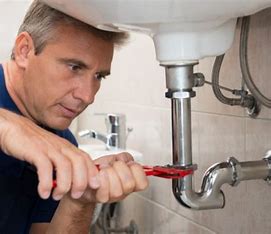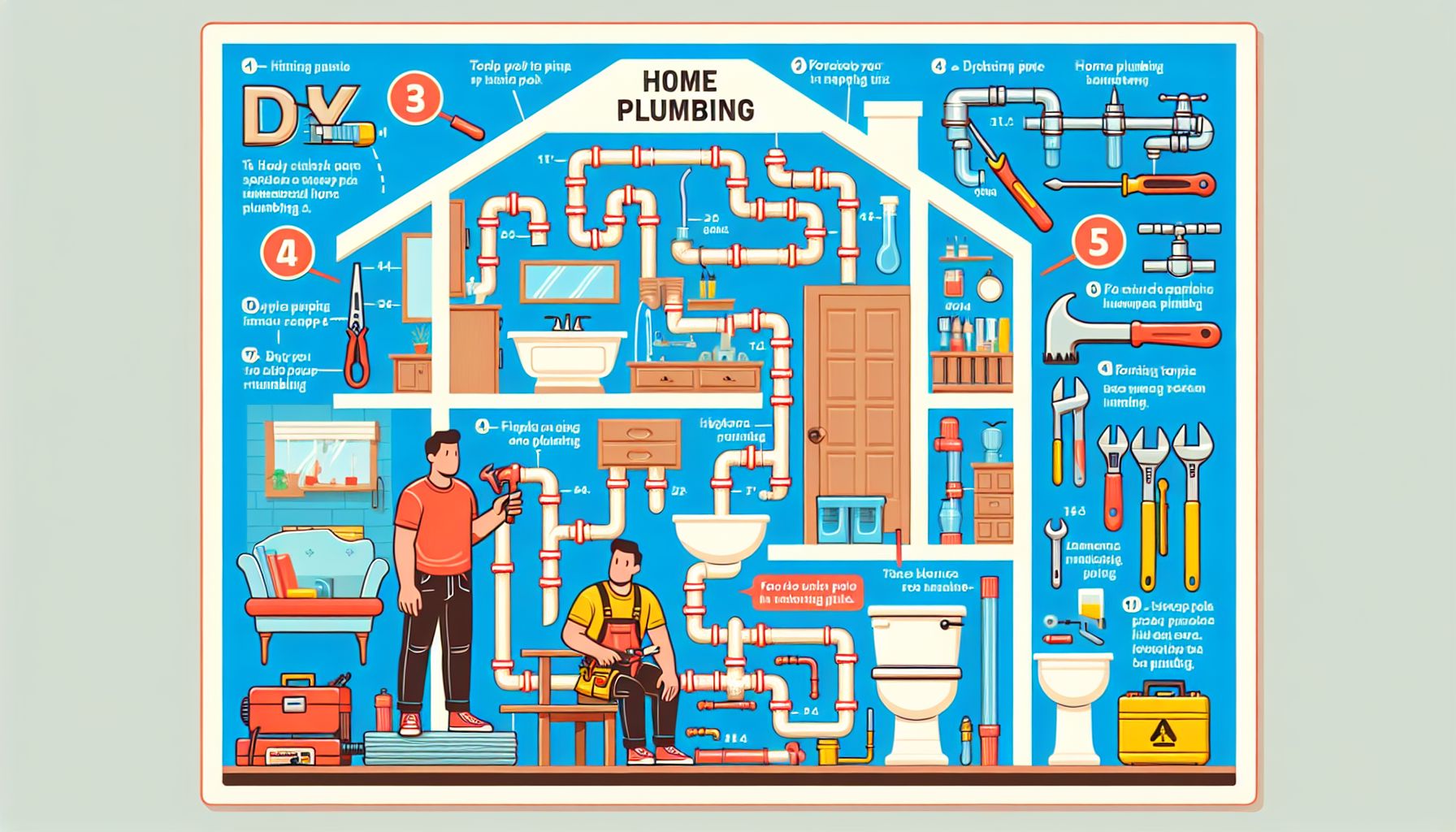Home plumbing projects can seem like a daunting task, but with the right tips and tricks, anyone can become a DIY plumbing master. Whether you’re a beginner looking to tackle simple repairs or an experienced DIY enthusiast seeking new challenges, this blog post has got you covered. In this article, we will explore recent trends in the world of home plumbing and provide you with comprehensive insights and engaging tips to become a plumbing pro. So, roll up your sleeves and let’s dive into the world of DIY plumbing!
Recent Trends and Innovations
Staying updated with the latest trends can ensure that your DIY plumbing projects are efficient and up to par. One of the recent trends gaining popularity is the use of smart plumbing technology. From smart leak detectors to Wi-Fi-enabled faucets, these innovations make it easier than ever to monitor and control your home’s plumbing system. Not only do they provide convenience, but they can also help save money by detecting leaks and reducing water consumption.
Another trend worth mentioning is the rise of eco-friendly plumbing solutions. As sustainability becomes a key concern, more and more homeowners are seeking ways to reduce water waste. Installing low-flow toilets, showerheads, and faucets can significantly lower water usage without compromising performance. Additionally, rainwater harvesting systems and graywater recycling can be implemented to reduce reliance on municipal water sources.
 Practical Plumbing Tips
Practical Plumbing Tips
Now that we’ve explored the latest plumbing trends, let’s dive into some practical tips that will help you tackle common DIY plumbing projects with ease:
- Prevention is key: Regularly inspecting your plumbing system can help identify and prevent potential issues before they become major problems. Look for signs of leaks, corrosion, and cracks in pipes, and address them promptly.
- Know your shut-off valves: Familiarize yourself with the location and operation of the shut-off valves for your water supply. Knowing how to shut off the water quickly can prevent extensive damage in case of emergencies.
- Invest in quality tools: Having the right tools for the job can make all the difference. Invest in a good pipe wrench, a plunger, a drain snake, and a basin wrench to handle most DIY plumbing projects.
- Unclog drains naturally: Instead of relying on harsh chemicals, try using a mixture of baking soda and vinegar to unclog drains. This natural solution is not only effective but also environmentally friendly.
- Practice proper pipe insulation: Insulating exposed pipes can prevent freezing during cold weather and reduce the risk of burst pipes. Use foam pipe insulation or heat tape to protect vulnerable pipes.
Key Takeaways
In conclusion, mastering the art of DIY plumbing is within reach for anyone willing to learn and practice. By staying up to date with the latest trends, embracing eco-friendly solutions, and following practical tips, you can confidently tackle common plumbing issues in your home. Remember, prevention is essential, and investing in quality tools will save you time and frustration. So, unleash your inner DIY enthusiast, and let your plumbing skills shine!
With these insights and practical tips, you are now equipped to become a DIY plumbing pro. So go ahead and take charge of your home’s plumbing system. Remember, practice makes perfect, and with each successful project, your confidence will grow. Happy plumbing!

